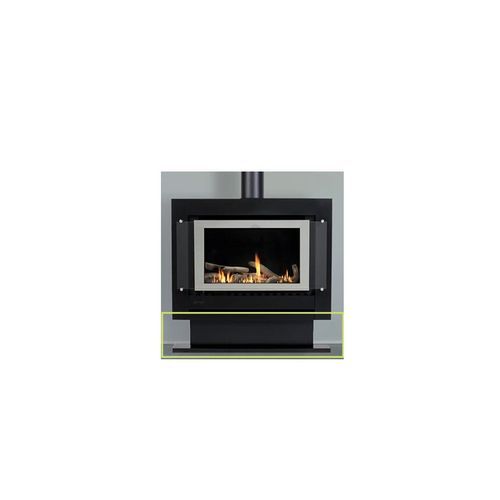Home/Products/Heating, Cooling & Ventilation/Fireplaces/Fireplace Tools & Accessories/Fireplace Surrounds
Fireplace Surrounds
Fireplace surrounds are the decorative fronts that fit the wall and provide a border for the fireplace. Nothing can be compared to curling up and relaxing near the fireplace when it is cold outside in the winter season. It has numerous applications and a range of benefits. Want to know more about the several types of fireplace surrounds? Head over to ArchiPro.
Why ArchiPro?
No more endless searching -
Everything you need, all in one place.Real projects, real experts -
Work with vetted architects, designers, and suppliers.Designed for New Zealand -
Projects, products, and professionals that meet local standards.From inspiration to reality -
Find your style and connect with the experts behind it.Start your Project
Start you project with a free account to unlock features designed to help you simplify your building project.
Learn MoreBecome a Pro
Showcase your business on ArchiPro and join industry leading brands showcasing their products and expertise.
Learn More
